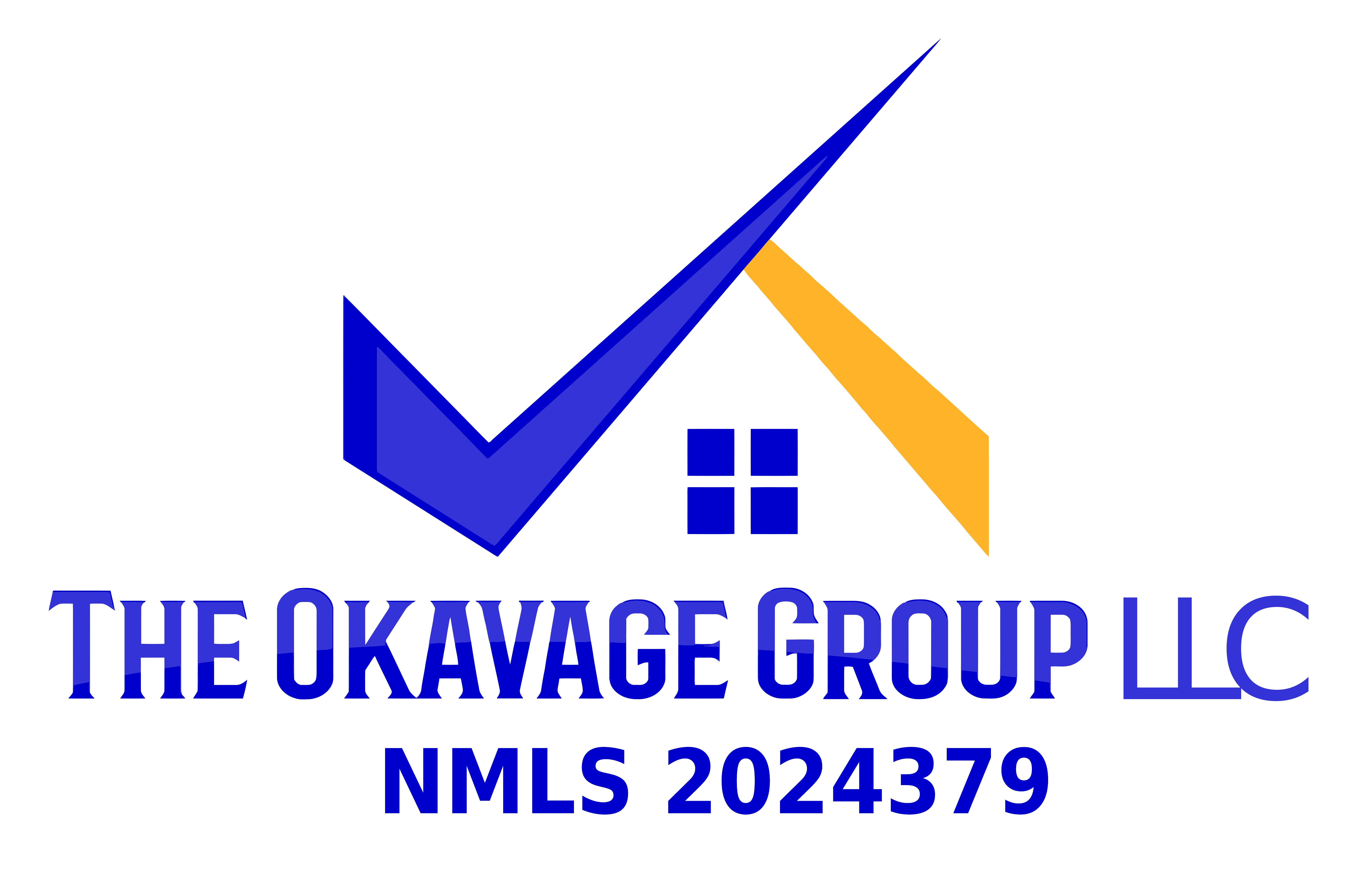Non-Qualified Mortgages
As a result of the financial disaster caused by the real estate crisis in 2006 to 2008, a new federal governmental agency was created to protect American consumers. It is the Consumer Financial Protection Bureau (CFPB).
Rules for Qualifying Mortgages
The CFPB created rules for qualifying mortgages. Lenders are not forced to follow these rules and can make non-qualifying loans; however, if they want automatic protection from regulatory problems and consumer lawsuits, they make loans under these “safe harbor” ability-to-repay rules.
The qualifying rules are:
- There is a 3% maximum total cap for the points and fees, unless the loan is less than $100,000.
- Risky loan features are not allowed that include interest-only loans, negative amortization (principal amount gets bigger over time), and balloon payments.
- The loan term is limited to a maximum of 30 years.
There are also three groups of loans that are qualified loans, which include:

Any loan that meets the above qualifying requirements, where the borrower has a debt-to-income ratio of 43% or less.

Any loan that meets the above qualifying requirements, where the borrower can get a loan that is approved by a government supported entity (GSE), even if the borrower has a debt-to-income ratio of more than 43%. GSEs include FHA, VA, and USDA loans.

Loans made by small lenders that have less than $2 billion in assets and originate less than 500 loans, where the borrower’s debt-to-loan ratio has been verified (with no specific limit) and where the ability to repay the loan has been investigated and approved.
Availability of Non-Qualifying Loans
The rules for qualifying loans do not prevent lenders from offering and making non-qualified loans. Many lenders specialize in making non-qualified loans. Typically, the interest rates, points, and closing costs are higher for a non-qualified loan.
Here are the types of non-qualifying loans available that apply to certain circumstances:

SIVA Loan:
SIVA Loan: SIVA loans are a stated income verified assets loan. Gross monthly income is simply stated on the loan application by the borrower and the lender only verifies the assets of the borrower.

SISA Loan:
SISA Loan: SISA loans are a stated income stated assets loan. Gross monthly income and the assets are simply stated on the loan application made by the borrower. The lender does not verify them.

No Doc Loan:
No Doc Loan: For a No Doc loan, there is no documentation given by the borrower for the lender to verify, except to verify citizenship.
Credit History and Down Payments for Non-Qualifying Loans
Having a good credit history, such as a FICO score of 620 or higher, and making a large down payment is usually required to get a non-qualifying loan.
If a non-qualifying loan seems attractive, work with the professionals at the OKavage Group to identify lenders that offer non-qualifying loans that meet the requirements for a particular home purchase.
